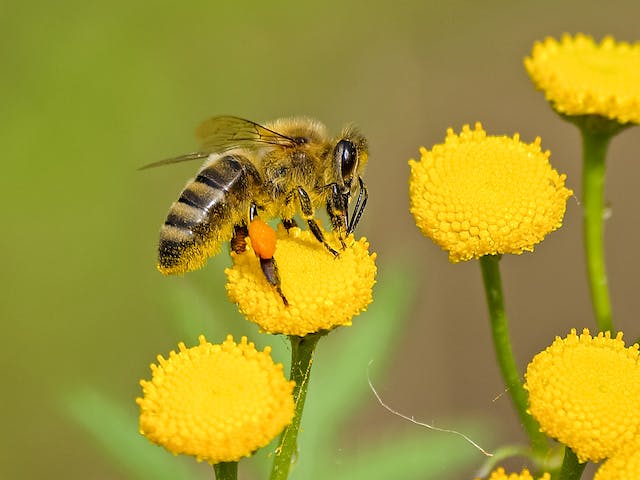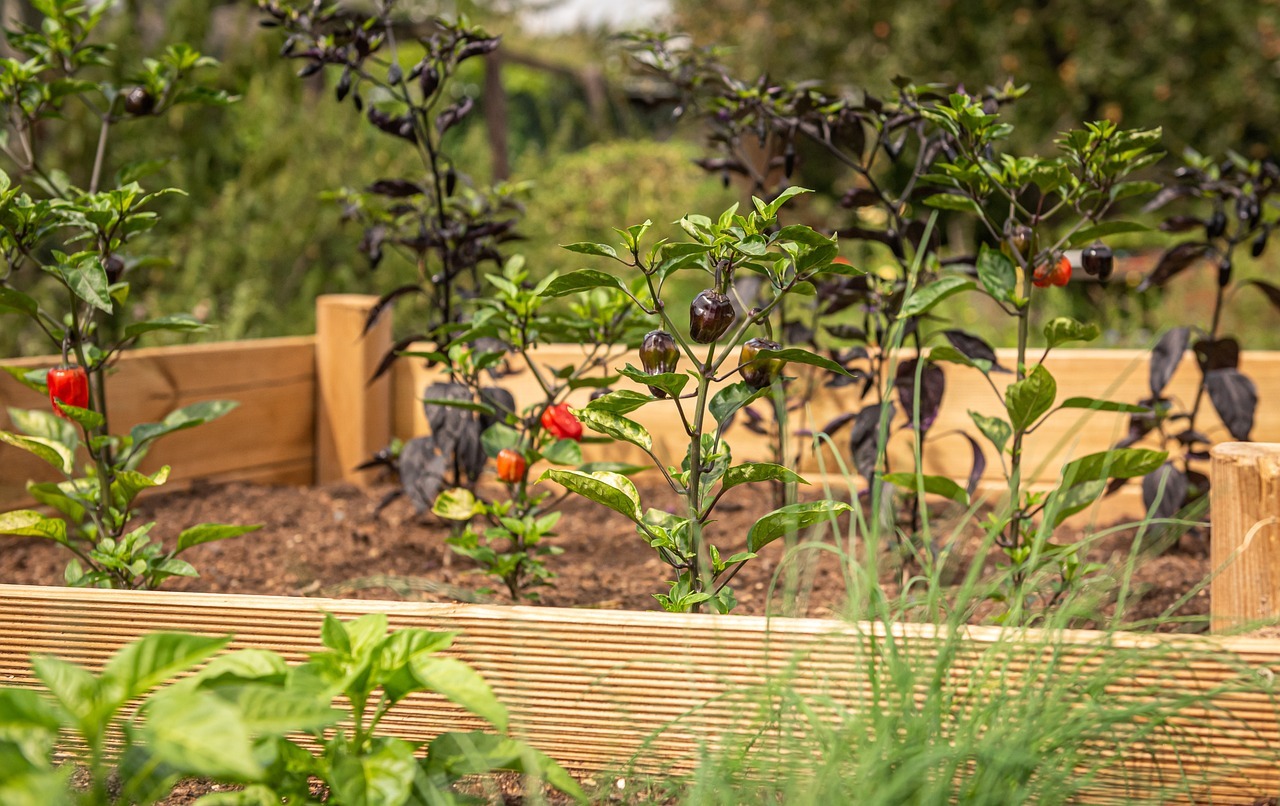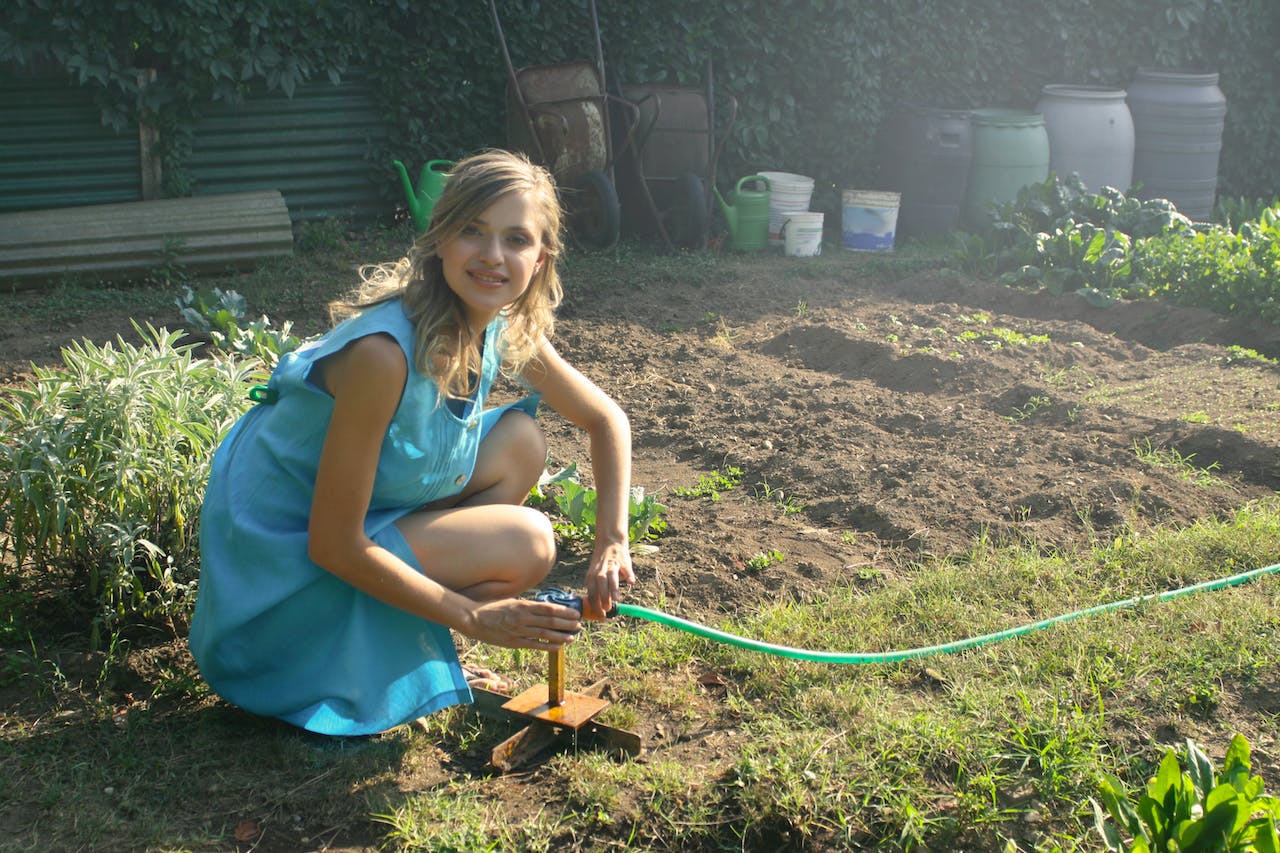Cover Crops and Gardening Ideas for a Healthier Homestead
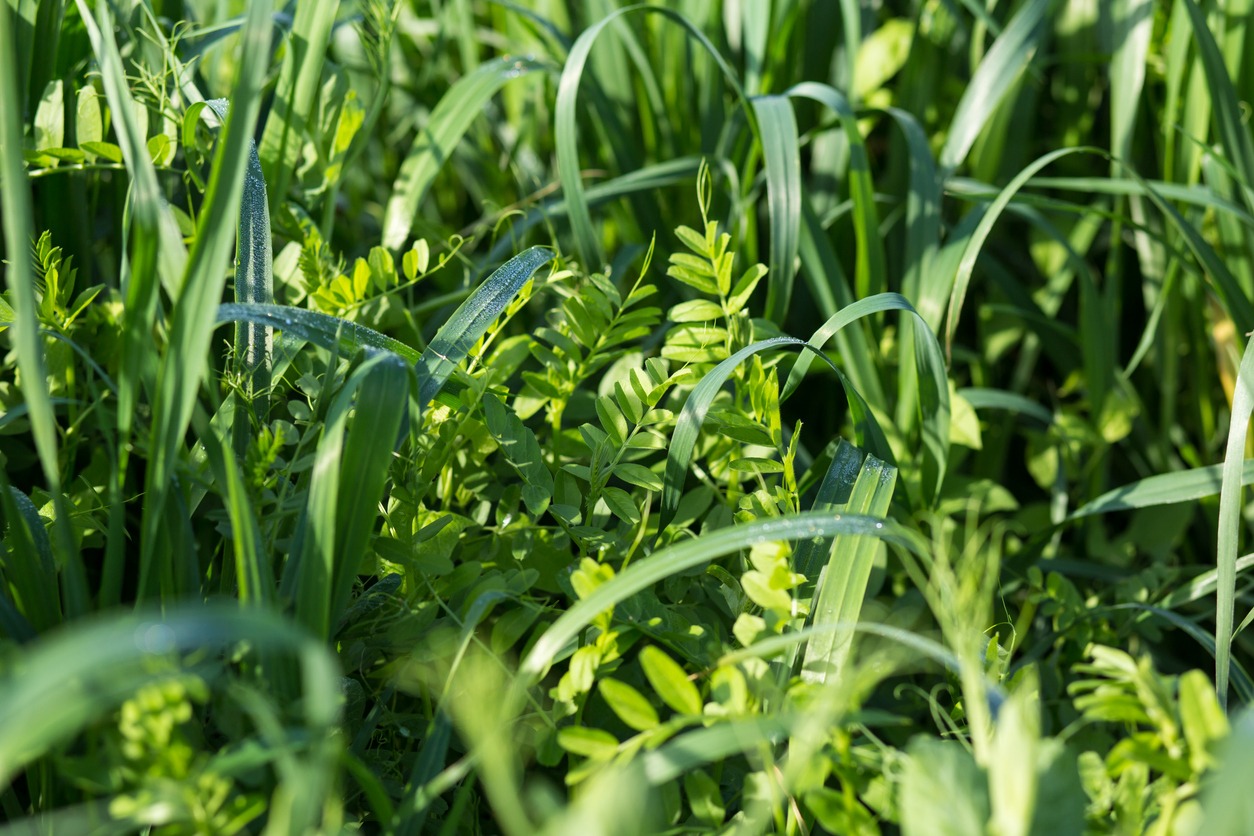
Healthy soil is the cornerstone of any successful garden. For homesteaders, it’s not just about growing food but doing so sustainably while improving the land. One of the most powerful tools for this is the use of cover crops—plants that protect and enrich the soil during times when it might otherwise lie bare. These crops reduce erosion, suppress weeds, improve fertility, and help create a vibrant ecosystem in the garden.
If you're looking to boost your garden's productivity and sustainability, cover crops can transform your homestead. By understanding their benefits, selecting the right plants, and timing their use effectively, you can unlock the full potential of your soil.
Understanding Cover Crops and Their Role in Gardening
Cover crops are plants grown primarily to improve soil health rather than for harvest. They protect the soil from harsh elements, retain nutrients, and enhance its structure. While vegetables and fruits deplete soil nutrients, cover crops restore them, acting as a natural reset button for your garden.
These plants provide multiple benefits. They prevent erosion by shielding bare soil, suppress weeds by outcompeting them, and enhance fertility by fixing nitrogen or adding organic matter. Cover crops also serve as a habitat for beneficial insects, helping to maintain a balanced ecosystem. The goal is simple: healthier soil that supports robust plant growth reduces reliance on chemical inputs, and ensures long-term productivity.
The Benefits of Cover Crops for Your Homestead
Incorporating cover crops into your gardening practices offers more than just healthier soil—it transforms the way your garden operates. Here’s a closer look at the specific advantages:
1. Soil Fertility and Nutrient Cycling
Cover crops, especially legumes like clover and hairy vetch, are nature’s fertilizer factories. They draw nitrogen from the air and convert it into a form plants can use. When these crops are terminated, they release stored nutrients into the soil, providing food for your next vegetable or fruit crops without the need for synthetic fertilizers.
2. Improved Soil Structure
Over time, repeated planting can compact soil, making it harder for roots to penetrate. Deep-rooted cover crops like daikon radish and rye create pathways in the soil, improving aeration and drainage. As their roots decompose, they leave behind organic matter that keeps the soil loose and workable.
3. Erosion Control
Bare soil is vulnerable to wind and water erosion, especially during off-seasons when the garden isn’t in use. Cover crops form a protective layer, holding the soil in place. Crops like ryegrass are particularly effective at stabilizing soil on slopes or in areas prone to runoff.
4. Weed Suppression
Fast-growing cover crops like buckwheat quickly outcompete weeds, shading them out and reducing the need for manual weeding or herbicides. Their dense growth prevents sunlight from reaching weed seeds, slowing their germination.
5. Pest and Disease Management
Cover crops can interrupt pest and disease cycles. For example, mustard cover crops release natural biofumigants that suppress soil-borne pathogens and nematodes. At the same time, flowering cover crops like buckwheat attract pollinators and predatory insects that help control pests.
6. Water Retention and Organic Matter Addition
The organic matter left behind by decomposing cover crops acts like a sponge, improving the soil’s ability to hold water. This is particularly valuable in drought-prone regions or during dry seasons.
How to Choose the Right Cover Crops
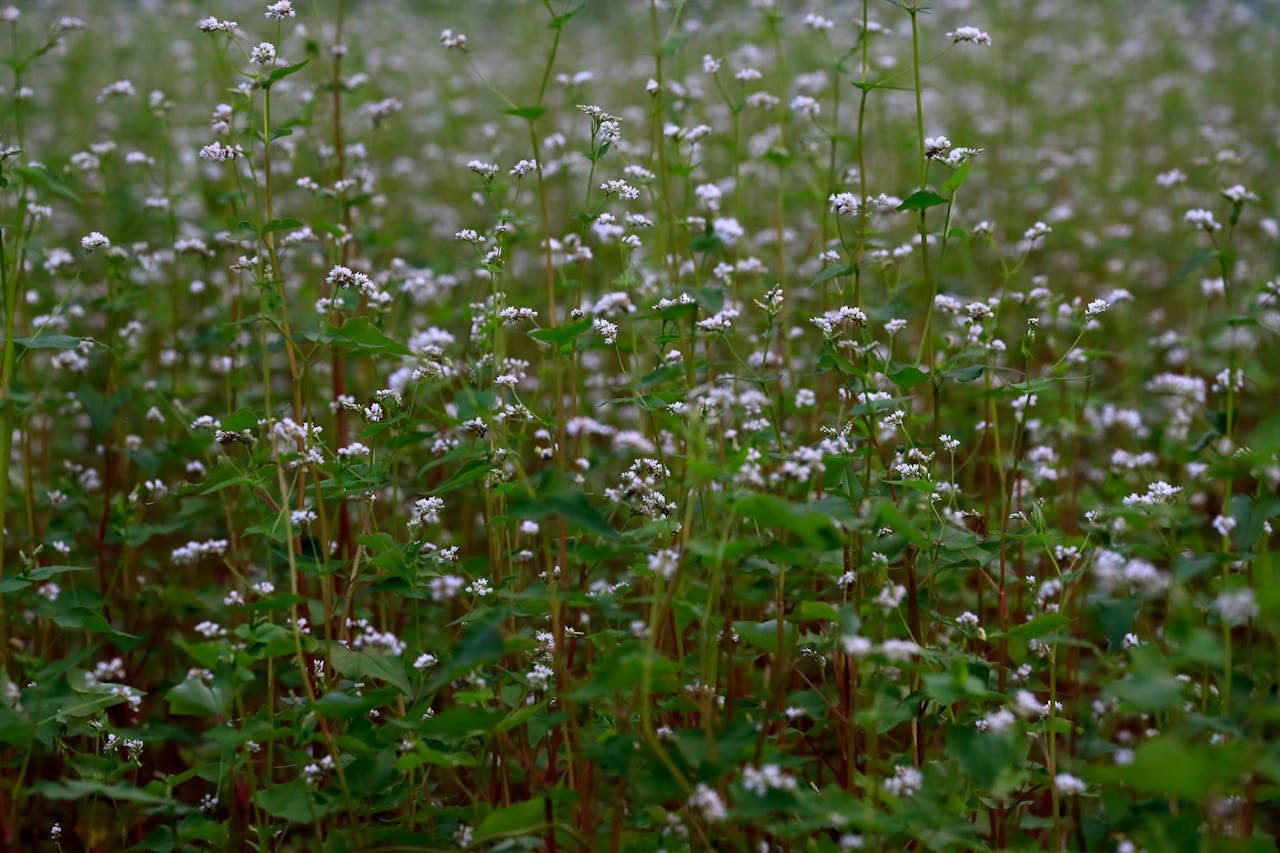
Selecting the right cover crops is crucial to achieving your gardening goals. The choice depends on your climate, soil type, and specific needs, such as nitrogen fixation, weed control, or erosion prevention.
Cool-Season Cover Crops
Cool-season cover crops thrive in fall or early spring when temperatures are moderate. They protect the soil during winter and prepare it for spring planting. Common options include:
- Cereal Rye: Excellent for erosion control and organic matter addition.
- Hairy Vetch: A legume that fixes nitrogen and provides dense ground cover.
- Oats: Quick to establish and winter-kill in cold climates, leaving behind organic material.
Warm-Season Cover Crops
Warm-season cover crops grow during the hot months of late spring and summer. These are ideal for gardens resting between major crops. Examples include:
- Buckwheat: Fast-growing, ideal for weed suppression, and adds organic matter.
- Cowpeas: A nitrogen-fixing legume that thrives in heat.
- Sorghum-Sudangrass: Deep-rooted and excellent for improving soil structure.
Diverse Mixes
Planting a mix of cover crops can provide multiple benefits simultaneously. For instance, a combination of legumes, grasses, and brassicas can fix nitrogen, build organic matter, and suppress weeds all at once.
Seasonal Planning Guide for Cover Crops
Proper timing is critical for successfully integrating cover crops into your garden. Here’s a seasonal guide to help you make the most of these plants:
| Season | Cover Crops | Key Benefits | Termination Timing |
| Spring | Buckwheat, Cowpeas | Weed suppression, quick cover | Before flowering (4-6 weeks) |
| Summer | Millet, Sorghum-Sudangrass | Soil building, moisture retention | At flowering stage |
| Fall | Rye, Clover, Vetch | Nitrogen fixation, erosion control | Early spring, before seed set |
| Winter | Winter-kill crops (e.g., Oats, Radish) | Natural termination, organic matter | Post-kill, no manual termination |
Planning your rotations around these seasons allows you to maximize the benefits of cover crops while maintaining a productive garden year-round.
Planting Techniques and Tips
Planting cover crops requires some planning, but the process is straightforward. Begin with soil preparation, ensuring it is loose and free of weeds. Broadcast seeds evenly across the surface, then rake them lightly into the soil. Water thoroughly to encourage germination. Here are some planting tips:
- Depth Matters: Small seeds like clover need to be planted shallowly, while larger seeds like peas can be sown deeper.
- Timing Is Key: For fall planting, sow seeds at least four weeks before the first frost to allow establishment.
- Start Small: If you’re new to cover cropping, try planting a small test plot to get familiar with the process.
Maintenance and Termination of Cover Crops
Once your cover crops are established, they require minimal care. Water them as needed, especially during dry spells, and monitor for pests or diseases. Proper termination is crucial to maximize their benefits and prepare for the next planting. Here are the different methods for termination:
- Mowing and Tarping: Cut the cover crops down and cover the area with a tarp to promote decomposition and suppress weeds.
- Winter-Kill: Let frost-sensitive crops like oats naturally die off, leaving behind organic matter without additional effort.
- Shallow Tillage: Incorporate the cover crops into the top few inches of soil to add organic matter without disturbing the deeper layers.
Plan termination to align with your planting schedule. For example, terminate spring cover crops a few weeks before planting summer vegetables to allow time for decomposition.
Integrating Cover Crops with Vegetable Gardening
Cover crops can work alongside vegetables in a well-planned rotation system. For nitrogen-heavy crops like corn or tomatoes, precede them with legumes such as clover or hairy vetch to naturally enrich the soil. For compacted beds, deep-rooted crops like radish can prepare the soil for root vegetables like carrots.
Mixing cover crops with vegetables helps reduce pest pressure, improve fertility, and create a balanced ecosystem. Rotate cover crops with vegetables to ensure continuous soil health and productivity.
Environmental Impact of Cover Cropping
Beyond the garden, cover crops play a vital role in environmental sustainability. By sequestering carbon, they help combat climate change. Their ability to prevent erosion saves precious topsoil, while reduced reliance on synthetic inputs minimizes chemical runoff into waterways.
Cover crops also promote biodiversity by providing food and shelter for beneficial insects and wildlife. Each garden with cover crops contributes to a healthier planet.
Conclusion
Cover crops are more than just a gardening technique—they’re an investment in the health and future of your soil. By improving fertility, reducing erosion, suppressing weeds, and enhancing biodiversity, these plants create a foundation for sustainable and productive gardening.
With careful planning and management, cover crops can transform any homestead garden into a thriving, resilient ecosystem. Whether you’re a seasoned gardener or just starting, integrating cover crops into your routine is a powerful step toward a healthier homestead and a more sustainable world.

